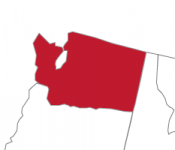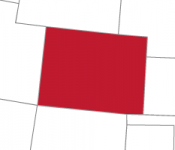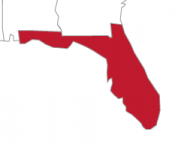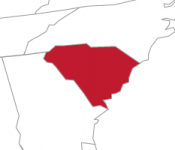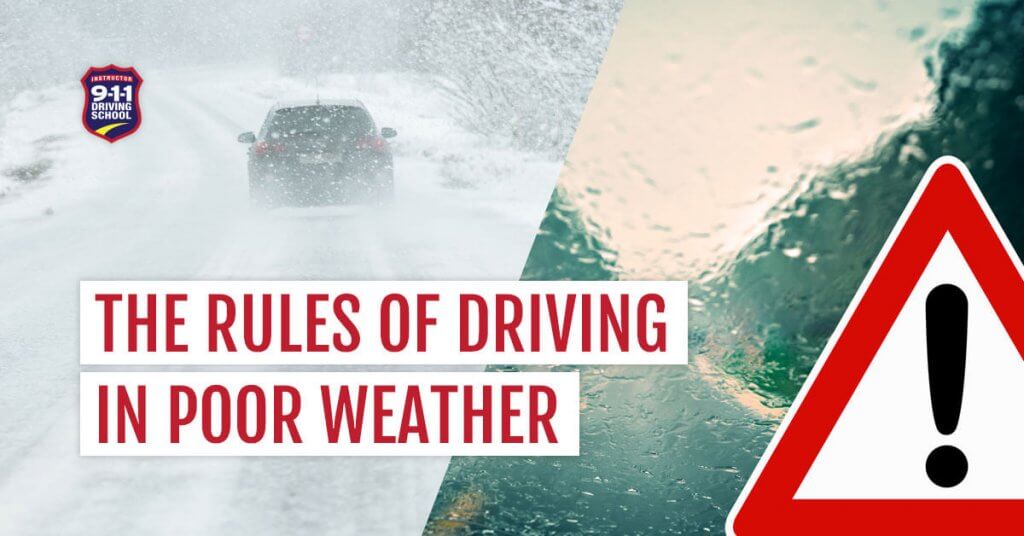Around the United States, winter weather is setting in. For many states, that means conditions like rain, fog, snow, and ice. No matter how long you have been driving, brushing up on what to do in certain types of weather is a great way to stay safe.
Driving in the Rain
- Turn on your headlights. Not only will this help you see better in the darker weather, but it will help other drivers spot you more easily.
- Stay in the middle of the road. On a multi-lane road, avoid staying in the far-right lane. This is where water tends to pool, covering the road’s edge and hazards that are there.
- Avoid puddles. Again, water pooling can cover dangerous parts of the road, such as potholes and debris. Hydroplaning is also a risk when driving in pooled water, causing you to lose control of your vehicle.
Navigating through Fog
Use low beam headlights
While headlights won’t help you see much in the fog, only low beams will improve visibility. Using regular or high beam headlights will cause the light to reflect off the water in the air and make it harder to see. This is taught in online driver’s ed classes, but driving in fog isn’t a common driving condition for most new drivers, requiring an extra reminder.
Don’t pass
Staying in your lane is trickier in the fog, but more important because you cannot see cars coming in the other direction.
Focus on the white line
The white line on the right-hand side of the road is an excellent guide during the fog. It is easier to see and can help ensure you stay on the road.
Signal longer
Another hazard of decreased visibility comes when a car is turning, and other drivers cannot see well enough. To help decrease the risks, leave your turn signal on longer to give ample notice of your intentions.
Snow and Ice Driving
Turn slowly
When approaching a turn, whether it is a curve in the road or turning at an intersection, do not accelerate. Brake slightly as you turn so that you don’t spin out of control.
Accelerate slowly
Icy, slippery roads make tires spin faster. If you are pressing the gas too fast, it can cause the tires to spin very fast, digging themselves into the snow and ice.
Watch for black ice
A thin layer of translucent ice, or black ice, is hard to spot. When you hit black ice, your car is more likely to spin-off. Watch carefully for slippery looking spots on the road.
General Guidelines
All bad weather requires some common adjustments. To stay safe, consider using these general tips for any time you find yourself driving in bad weather.
Slow down
Seeing clearly in any of these bad weather scenarios is dangerous. Slow down and use extreme caution.
Leave extra following room
Not leaving enough space in front of your car can cause a car crash. From less visibility to bad weather, you never know when you will need to stop quickly. Leaving room in front of you gives extra space and warning before hitting the brakes.
Plan accordingly
Leave with plenty of time to reach your destination so you won’t stress about hurrying to get there on time. Also, let others know you will be on the road and which route you are taking in case you end up needing help.
Remember the Basics
If possible, it is best to stay off the roads during moments of bad weather. If you do have to drive, try hard to remember the material covered in your driving lessons. Even if you don’t remember every detail, relax and trust your instincts to kick in. Focusing on the basics of driving will help keep you safe.

